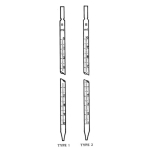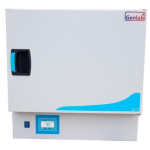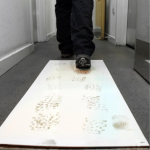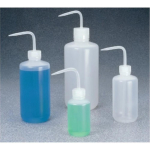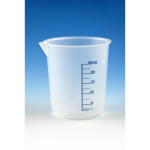Application
Topiramate has been used:to study the antiaggressive effects of topiramate in mice.to study of the effect of topiramate in promoting neurite outgrowth post nerve injury in fetal rat cortical and hippocampal tissues.as a mitochondrial carbonic anhydrase inhibitor to block the effects of high glucose or glucotoxicity.to reduce cell death and mitochondrial dysfunction induced by the administration of kainic acid.
Biochem/physiol Actions
Kainate GluR5 receptor antagonist; anticonvulsant.
Topiramate is a derivative of suphamate fructopyranose that inhibits the release of mesocorticolimbic dopamine. It facilitates GABA activity and inhibits glutamate function to alleviate the rewarding effects of alcohol. It modulates the trigeminovascular signaling that is effective in migraine prevention. Topiramate is structurally similar to fructose- 1,6-diphosphate and has the ability to inhibit the enzyme fructose 1,6-bisphosphatase, thereby preventing gluconeogenesis. It is found to inhibit the AMPA/kainate receptor-mediated signaling pathway in cultured neurons.
Features and Benefits
This compound was developed by Johnson & Johnson. To browse the list of other pharma-developed compounds and Approved Drugs/Drug Candidates, click here.
General description
Topiramate has a molar mass of 339, with 40% of this mass being that of oxygen atoms. These oxygen atoms serve as proton acceptors and the amide group functions as a donor for the formation of hydrogen bond. Topiramate is an antiepileptic drug (AED) and is structurally quite distinct from other AEDs as it is derived from D-fructose, a naturally occurring sugar moiety, and has sulfamate functionality. Topiramate crosses the cell membranes and blood-brain barrier readily.
Packaging
10, 50 mg in glass bottle



